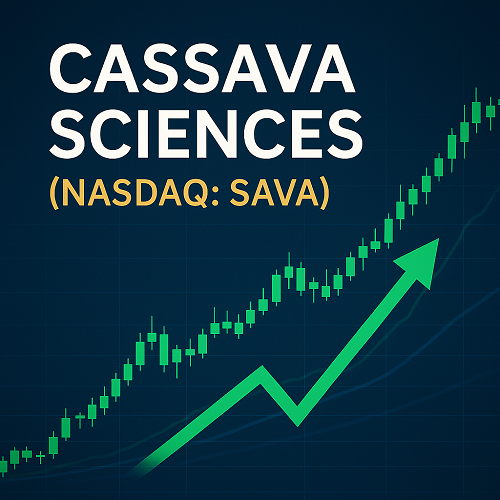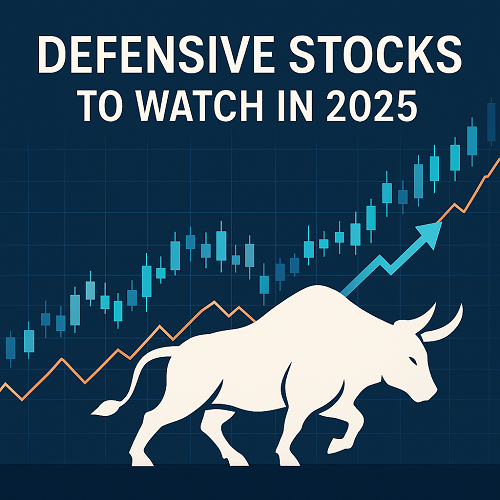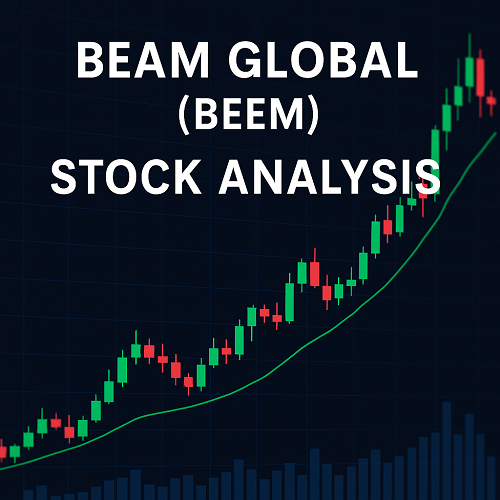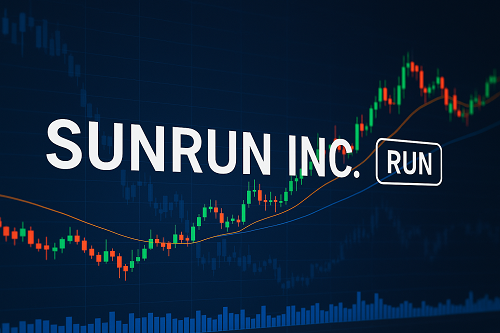Cassava Sciences, Inc. (ticker SAVA on the Nasdaq Stock Market) is a clinical-stage biotechnology company, headquartered in Austin, Texas, focused on the development of treatments and diagnostics for neurodegenerative diseases, including Alzheimer’s disease and related central nervous system (CNS) disorders.
Founded in 1998 (originally as Pain Therapeutics, Inc.), the company rebranded to Cassava Sciences in 2019. Its business model revolves around advancing drug candidates (chiefly the molecule simufilam) and diagnostics (e.g., SavaDx) through clinical development, with the hope of licensing or commercializing successful assets.
As a clinical‐stage biotech, Cassava currently has no approved product generating significant revenue. That places the firm in a high‐risk, high‐reward category: the upside is meaningful if a candidate succeeds; the downside is substantial if it fails.
Key Company Data
- Market Cap: ~$200 million (approximate as of current trading) according to multiple sources.
- 52‐Week Price Range: ~$1.15 (low) to ~$33.98 (high).
- Industry: Biotechnology – Pharmaceutical Preparations.
Recent Financial Performance & Key Metrics
Since Cassava is a clinical‐stage biotech, traditional metrics such as P/E ratio or meaningful revenue currently provide limited insight. Nonetheless, certain indicators highlight the company’s financial status.
Financial Highlights & Metrics:
- According to StockAnalysis, SAVA’s TTM net income is deeply negative (-$123.17 m) with EPS of -2.56. Shares outstanding ~48.31 m.
- Morningstar reports a Price/Book of ~2.36x. Return on assets and equity are strongly negative.
- MarketBeat notes short interest at ~12.19 % of outstanding shares; consensus analyst rating “Reduce” with a price target around ~$2.00.
Key Observations:
- The company is burning cash and is unprofitable, typical for pre‐commercial biotechs.
- A high 52‐week range (1.15 to ~34) indicates extreme volatility and significant investor speculation.
- Market cap is relatively small, meaning the stock may be subject to large swings and lower liquidity.
- The low consensus target and analyst skepticism reflect significant perceived risk.
Clinical Pipeline & Strategic Focus
The heart of Cassava’s value proposition is its drug pipeline, especially its lead candidate and associated diagnostic program.
Lead Therapeutic Candidate: Simufilam
Simufilam (formerly PTI-125) is Cassava’s oral small-molecule drug candidate designed for Alzheimer’s disease (AD) by targeting an altered form of the scaffolding protein filamin A (FLNA). The company’s hypothesis: modulating FLNA could restore neuronal signalling and reduce neuroinflammation.
Diagnostic Program: SavaDx
Cassava has also advanced SavaDx, a blood-based biomarker/diagnostic tool intended to detect Alzheimer’s disease changes at an earlier stage. The advantage: diagnostics can accelerate development and potentially open non-therapeutic revenue streams.
Strategic Pivot & Priorities
Given the failure of the Alzheimer’s program (discussed in Section 4), Cassava has signalled a pivot toward other CNS indications (e.g., TSC-related epilepsy). This reflects a broader biotechnology trend: adapt and diversify when one program falters.
Major Developments & Risk Factors
This section is critical: the history of SAVA has been marked by both speculative highs and severe setbacks. Investors must be aware of these non‐traditional risks (clinical, regulatory, legal).
Clinical Failures & Trial Delays
In late 2024, Cassava announced that simufilam failed a Phase III clinical trial (REFOCUS-ALZ) for mild‐to‐moderate Alzheimer’s disease. The drug did not show a “significant reduction in cognitive or functional decline compared to placebo.”
In response, the company halted further late‐stage trials of that indication, triggering a stock crash of over ~80 % in a single day.
Regulatory & Legal Overhang
Cassava has been subject to investigations by the U.S. Securities and Exchange Commission (SEC) and the U.S. Department of Justice (DOJ) over alleged data‐manipulation in its Alzheimer’s program.
Such regulatory risk adds a layer of uncertainty that is harder to model than clinical or market risk.
Volatility and Speculative Nature
With a share price that soared into the ~$30s and later collapsed to the ~$1–5 range, SAVA demonstrates high beta and speculative behaviour. This kind of volatility is often driven by news, rumours, and sentiment rather than stable fundamentals.
Competitive & Technical Risk
In the Alzheimer’s space, competition is intense (e.g., agents targeting amyloid, tau, neuroinflammation). Cassava’s mechanism (filamin A) is less proven, increasing the technical risk. Moreover, failure in a lead program tends to ripple across the valuation of the company.
Valuation, Analyst Views & Market Sentiment
Given the unconventional nature of Cassava’s business, traditional valuation (P/E, earnings) is not meaningful. Instead, the company is valued on the probability of future success of its clinical pipeline, cash runway, and investor sentiment.
Analyst Consensus & Price Targets
- MarketBeat consensus rating: “Reduce”. Price target: ~$2.00.
- Benzinga gives conflicting figures (some sites report a $39 target) but such targets may be outdated or speculative.
Sentiment & Insider Activity
- Some insider buying has been reported: MarketBeat states insiders acquired ~$591,645 in the past three months, though insiders hold only ~2.4 % of shares.
- Short interest (~12 %) indicates a notable portion of the float is held by bearish investors.
Valuation Drivers & Key Questions
Key factors that could move the value of SAVA up or down include:
- Cash runway / funding needs (will the company need to raise capital and dilute shareholders?)
- Success or cancellation of other pipeline programs (e.g., non-Alzheimer’s CNS indications)
- Resolution of regulatory/legal overhang
- Market perception of biotech risk and general investor appetite for speculative biotech names
How to Interpret the Valuation
Because the risk is high, many investors apply a probability‐adjusted valuation (e.g., if the chance of success is 10 %, discount the potential payoff accordingly). In that context, a low market cap (~$200 m) implies very limited margin for error.
Technical Analysis & Trading Considerations
For traders and shorter‐term investors, SAVA offers intriguing patterns — yet also carries significant risk.
Price Action & Volatility
- The 52‐week trading range of $1.15 to $33.98 underscores extreme volatility.
- Trading volume and liquidity are moderate; smaller float means potential for large swings on news.
Chart Patterns & Key Levels
- Some technical analysts observe a falling wedge or double bottom pattern in recent months, suggesting potential for a rebound if a breakout occurs.
- Resistance around previous highs (e.g., ~$20-$30) may act as ceiling; support zones appear in the ~$2-$5 range given current price levels.
Risk/Reward Profile
- Upside scenario: a resurgence in clinical news or pivot success could trigger a sharp rally (speculative but possible).
- Downside scenario: further negative data or regulatory setbacks could lead to collapse or even delisting.
- Trade strategy: shorter time-horizon traders may focus on event risk (clinical data, filings, FDA updates) rather than long‐term fundamentals.
Investment Thesis: Opportunities vs. Risks
Why Some Investors Are Attracted to SAVA
- High upside potential: If the pipeline succeeds, the small market cap offers large relative return.
- Low base price: At current low share price, the risk is already reflected to some extent.
- Pivot chance: The company’s shift to other CNS indications may provide new growth avenues.
- Potential for strategic partnerships: A successful asset could attract a larger pharma deal.
Why Many Investors Stay Away
- Binary risk: Success or failure in one program can determine the company’s fate.
- Regulatory/legal overhang: Investigations by the SEC/DOJ increase uncertainty.
- No revenue: Without approved products, the company relies on dilution or milestone deals.
- Volatility & speculation: The stock may behave more like a lottery ticket than a stable investment.
- Clinical science risk: Alzheimer’s and CNS disciplines are notoriously difficult with high failure rates.
My View (Balanced)
If I were to summarise: SAVA is a high-risk speculative biotech bet. It may be suitable for a small allocation by investors comfortable with biotech risk and seeking a “moonshot” type exposure. It is not suitable for risk-averse investors or those seeking stable income or dividend yield.
Conclusion & Key Takeaways
- Cassava Sciences (SAVA) is a small-cap biotech with an ambitious mission in the neurodegenerative disease space.
- With its lead Alzheimer’s drug failure, the company now hinges on successful pivot(s) and new data.
- Financially, the company is unprofitable, highly speculative, and subject to regulatory risk.
- From a valuation perspective, the consensus investor view is negative, with many analysts assigning low price targets.
- For traders, the volatility offers opportunities for short‐term gains tied to news and clinical events—but also the potential for steep losses.
- For long‐term investors, the thesis would require faith in the company’s science, pipeline, and ability to execute under pressure.
Key Questions to Monitor Going Forward
- Will Cassava secure additional funding or strategic partnerships?
- What are the upcoming clinical milestones (for non-Alzheimer’s indications)?
- How will the regulatory/legal investigations resolve, and what are the implications for investor liability?
- Can the company rebuild credibility after the trial failures?
- What is the cash burn rate and runway—will dilution be required soon?
Final Note: As with all biotech investments, SAVA should be viewed with caution. Consider the extreme volatility, binary event risk, and the fact that many biotech companies never reach commercialization. If you choose to invest or trade SAVA, ensure you do so with clear risk management, position sizing, and a defined exit strategy.





 XAUT-USD
XAUT-USD  AMD
AMD  MARA
MARA  SHOP
SHOP  BULL
BULL  CL=F
CL=F